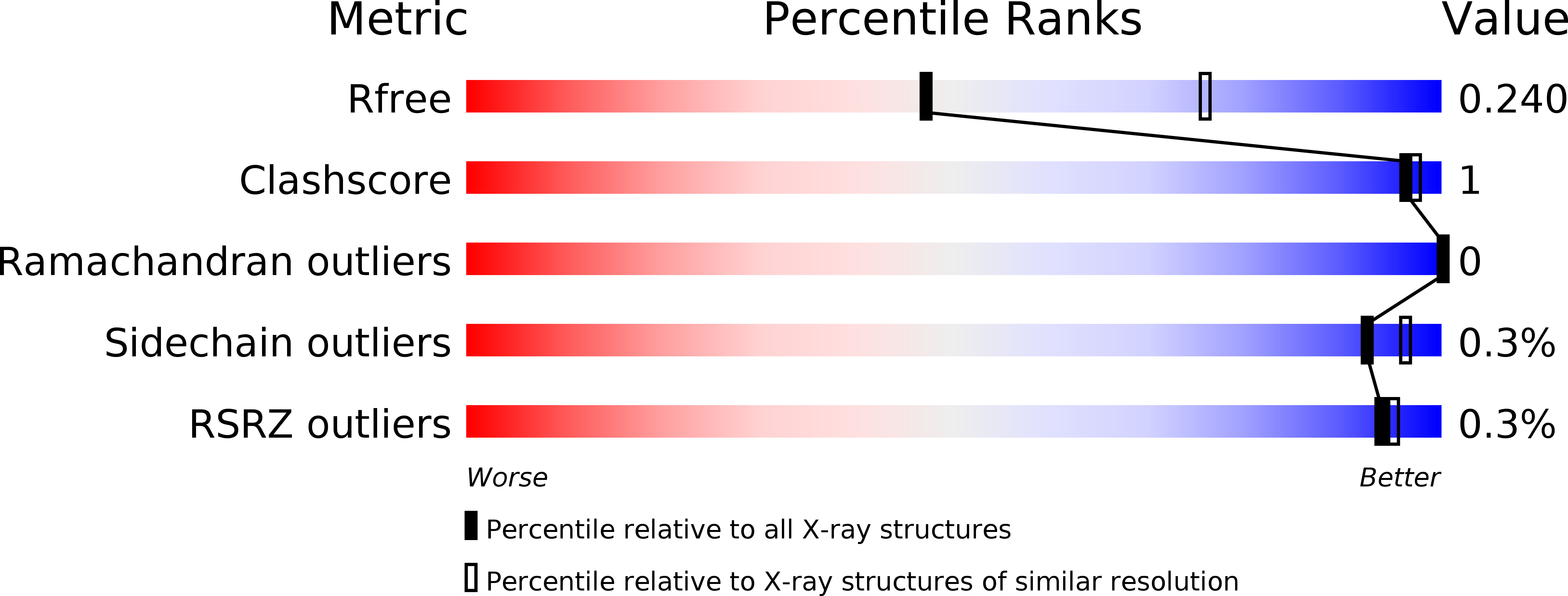
Deposition Date
2016-08-23
Release Date
2017-03-15
Last Version Date
2023-10-04
Entry Detail
PDB ID:
5T2F
Keywords:
Title:
Structure of the FHA1 domain of Rad53 bound to the BRCT domain of Dbf4
Biological Source:
Source Organism:
Saccharomyces cerevisiae (Taxon ID: 559292)
Host Organism:
Method Details:
Experimental Method:
Resolution:
2.66 Å
R-Value Free:
0.23
R-Value Work:
0.20
R-Value Observed:
0.20
Space Group:
P 1


